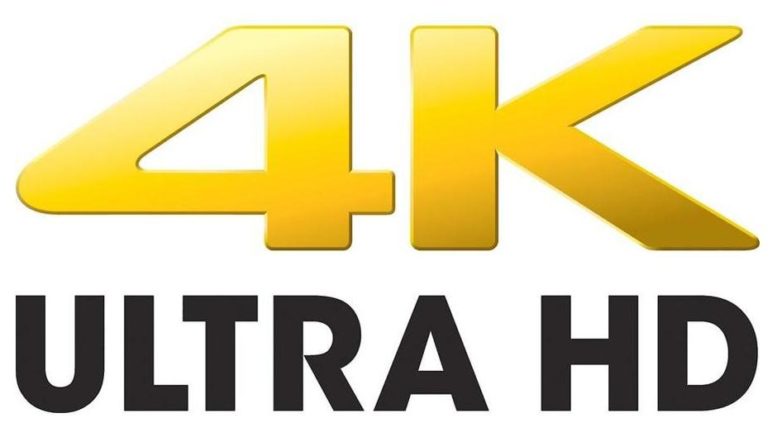It won’t be the year of 4K. There, see how much time I’ve saved you in reading this article? Well, I hope you continue reading anyway, since there’s a little bit more to the story. We’ve been talking for two years about how the consumer electronics industry would desperately love you to jump in to 4K television, and it looks like in 2015 they’ll make it easier and easier. But the real question remains, will you?
First, to back up in case you’ve been living in a cave, 4K television, occasionally called Ultra HD, is a new television standard that has 4x the resolution of HDTV. 4K televisions have been available in stores for about 6 months, and prices keep dropping to the point where it’s possible to get a fairly decent TV for $1,700 or so. No doubt the manufacturers at the Consumer Electronics show will have a whole new crop of inexpensive choices for you.
The real question, of course, is whether or not you’ll buy a new TV. Unlike the last time, when HDTVs were required for anyone who wanted to watch the latest TV broadcasts, there will be no 4K live broadcasts available over an antenna, not ever. There won’t even be 4K live TV over cable or satellite, yet. Providers like DIRECTV are just now starting to roll out 4K on demand, and if there is 4K live TV, it will have to come from content providers. It took about three years after the first all-HD network was announced (HDNet, now called axs.tv) before there was any real quantity of HD programming, and you should expect about the same time frame here. All-new equipment is required and that’s not cheap.
If you buy a 4K TV today, you’ll be able to stream some content from Netflix, so long as you have the holy grail of all fast internet connections. If that TV is DIRECTV-ready, you’ll get the chance to buy some 4K on-demand content. That’s it, my friends.
So, 2015 will most definitely not be the year of 4K. In fact I’m not sure there will ever be a year of 4K. The communal experience of watching a large screen is becoming increasingly displaced by people watching their own, smaller screens. Whether or not your tablet does 4K streaming, it’s hard to say that you’ll see a real difference in quality. In the meantime there’s no really good distribution medium for 4K content. Physical disks? Please, it’s not 2007. Downloads? Even a bitstarved 4K program will take up 60GB for a single 2-hour movie. 4TB drives are cheaper now than ever, but come on. That’s a lot of space for one movie. Getting proper quality, the quality that the real video buffs want, will take upwards of 160GB per movie.
And, of course, there’s still the sting of 3D. Remember when everyone and their brother wanted you to buy a 3D TV, with the funny glasses and the dim screens and the flickering? Yeah, those were good times. 3D has almost completely disappeared from consumer electronics (bad news for those folks who invested heavily in 3D Blu-ray) and there’s a good reason… people didn’t want it. They didn’t want it and they resented even having it forced on them. Now, 4K isn’t as bad as 3D… it doesn’t give you headaches and the picture’s nice and bright. Still, people have been fooled once. They’re not about to let the same electronics companies fool them with another shady idea.
No doubt our photo essays from CES will be full of 4K TVs, but this probably isn’t the year you’ll buy one, unless you have a specific need.





